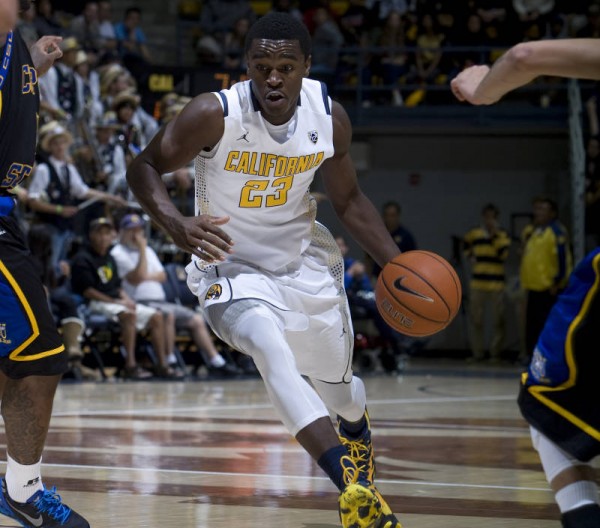Minnesota Half-Court Defense is Cause For Concern
Posted by Alex Moscoso (@AlexPMoscoso) on November 28th, 2013Ed. note: Minnesota finished up its Maui Invitational trip with an 83-68 win over D-II Chaminade on Wednesday afternoon.
Things were going so nicely for first-year head coach Richard Pitino and his Golden Gophers. They had won their first five games in convincing fashion; junior guard Andre Hollins was looking like a possible Big Ten Player of the Year candidate; and they had just taken it to top-ranked Syracuse losing only in the final minutes of their opening round game at the Maui Invitational. They entered their second game in Maui against an Arkansas team who had lost its most electric player in B.J. Young and was not expected to make the NCAA Tournament. In fact, according to KenPom, the Gophers were expected to win the game by a 10-point margin. Things went as planned in the first half as Minnesota took a five-point lead to the locker room, but after that point, the bottom fell off for Pitino’s squad. The Gophers’ ineffective half-court defense allowed the Razorbacks to come back and win the game, 87-73, and the game tape it created may haunt them throughout the rest of the season.

Richard Pitino is trying to implement his father’s pressure defense in Minnesota, but its the half-court defense that may cost him.
As one of our fellow RTC Big Ten microsite columnists pointed out earlier this season, the press defense is a feature Pitino is trying to instill at Minnesota. Pitino learned the art of applying a press from one of the best in the business, his father Rick Pitino. This focus on the press has helped them blow some lesser talented teams out in the early schedule, but it was a complete disaster in the second half against Arkansas. The Razorbacks scored 11 points off turnovers in the second half, but the remaining 41 points were scored in the half-court. Once Arkansas figured out how to break Minnesota’s press and began their offensive sets, they exposed Minnesota’s zone defense. Unlike Syracuse, the Razorbacks had more than one shooter capable of dropping threes over the zone (four different Razorbacks hit from deep in the second half). They confused Minnesota by switching from attacking with three-pointers and drives, and the Gophers were completely feckless in stopping either. The Razorbacks’ 76 percent true shooting percentage (5-of-7 3FGs, 17-of-28 FGs, 13-of-14 FTs) for the second half was easily the team’s best of the year. The Gophers have been working on their press defense all season, but perhaps as a result, they seem to have completely forgotten what to do when they’re in the half-court.
Last year, Louisville provided a prime example of an elite team winning the National Championship while implementing the press on a consistent basis. So this isn’t a gimmick Pitino is trying to enable to mask some other defensive deficiencies. But the Big Ten is at its heart a half-court league, and Minnesota will find itself in numerous situations where it will have to rely on half-court defense to win games. If they can’t shore up that defense enough to at least provide some element of resistance, the conference schedule will expose this Minnesota team night in and night out.


















































